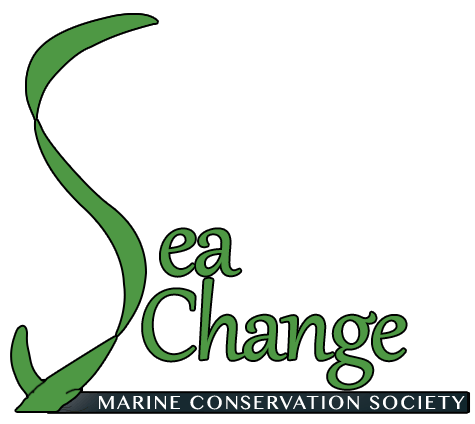Marine Debris Removal
Genoa Bay
In 2015 SeaChange removed 52 tonnes of underwater debris from Genoa Bay in the Cowichan estuary to expand area for eelgrass restoration at that site. Since it gave us such a thrill to see all the scrap metal, old barges and rope removed, we decided to do the same for Tod Inlet.
Tod Inlet (SṈIDȻEȽ)
During the winter of 2016-7 we used SCUBA divers, lift bags, work floats, and, for the bigger debris, barge and crane, to remove debris mapped by our summer students during the summer of 2016. See our Media Release for this project. This project is a partnership with Tsartlip First Nation and BC Parks and is part of a 100 Year Pan for the recovery of this special estuary. Funds for the project are from the Recreational Fisheries Conservation Partnership Program and the Pacific Salmon Foundation.
The SeaChange SCUBA dive team and RV John Strickland crew removed a total of 130.05 T of underwater debris from the estuarine marine environment of Tod Inlet to improve water quality and sediment health for recreational fish populations. The work was completed by the end of March 2017. The area of removal included the underwater environs near the entrance of the Park boundary to the mouth of Tod Creek within the inlet. For full report summary and map click here.
Visit our Beach Enhancement page to see how this project fits into a broader vision for recovery.
Burgoyne Bay (Xwaaqw’um)
Beginning on October 18th, 2017 SeaChange will begin removing marine debris from Xwaaqw’um in partnership with the Xwaaqw’um Project and BC Parks. See Media Release. Xwaaqw’um means female merganser in Hul’q’umi’num, one of two languages (and SENĆOŦEN) of the First Nations who have traditional homelands on Salt Spring. It is also the name for Burgoyne Bay (pronounced Hwaa-qwum). Marine debris removal is taking place as part of a larger program to expand eelgrass habitats for the benefit of marine life, traditional harvest and future generations.
